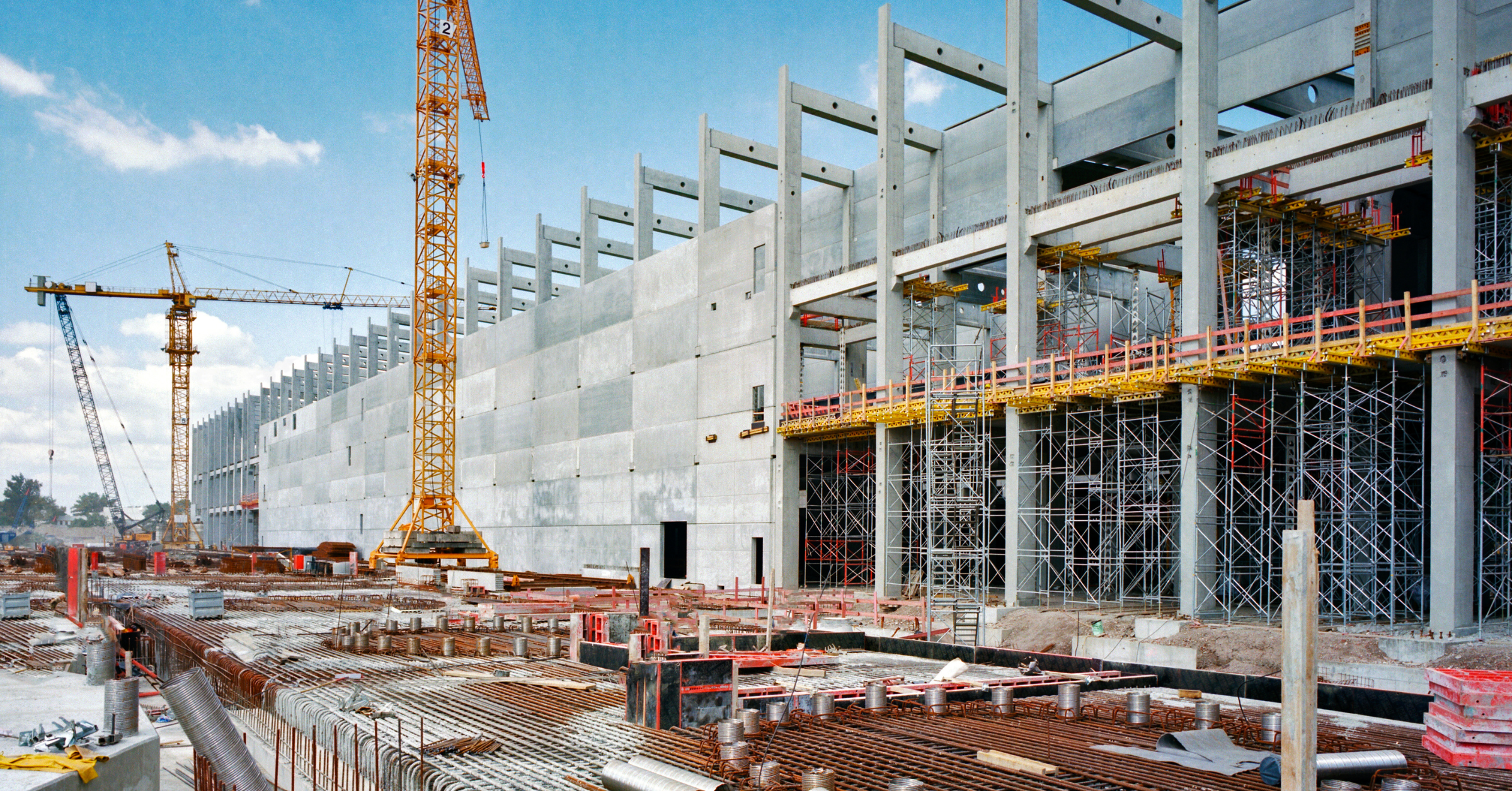Earth Day 2020 is the 50th anniversary of the groundbreaking green holiday. Observed on Wednesday, April 22 this year, Earth Day is the ideal opportunity to reflect on the progress toward sustainable goals, as well as what the future holds.
In NYC, 2019 was a particularly prosperous year for green initiatives. The City passed a legislative package known as the Climate Mobilization Act, which aims to reduce greenhouse gas emissions through measures such as building retrofitting and installations of green roofs and solar power systems.
Another recent change — which mandates the use of bird-safe glass — indicates that NYC will be similarly active on the green front in 2020. Let's examine the new rule and what building code compliance factors you'll need to keep in mind moving forward.
Why use bird-safe glass?
A big driving force behind the City's push toward sustainability is the OneNYC 2050 initiative. The plan outlined many green goals like carbon neutrality and the implementation of new design and construction benchmarks.
The use of eco-friendly materials has been a priority in sustainability-driven construction. Now, NYC project stakeholders will need to observe rules regarding bird-safe glass as it gains greater acceptance amid calls for wildlife safety in an ever-developing city environment.
According to the U.S. Fish and Wildlife Service, as many as 1 billion birds are killed annually in America from collisions with building glass. Many others are injured, and 230,000 alone die in New York City each year from impact-related injuries.
The problem has been exacerbated by modern architectural and design trends that favor the use of large glass panes. The reflectivity and transparency of glass can create "a lethal illusion" for birds, the FWS said, as they often cannot see these barriers. Reflections of the landscape, clouds and sky can cause collisions as birds fly around searching for food. Migrating and tired birds can also be fooled and driven to exhaustion, confusion and death.
What is NYC doing?
At the end of 2019, the City Council passed INT 1482 requiring that all new construction and major alterations use bird-safe glass to mitigate avian fatalities.
"New York City has taken many historic and extraordinary steps to reduce our carbon footprint," said Council Member Rafael L. Espinal Jr., who introduced the measure and noted NYC falls along a major migration route for birds including hawks and hummingbirds. "This bill will add to our environmental legacy as we are taking responsibility for our role in the ecosystem that lasted long before towering skyscrapers."
Such efforts could prove successful. As the NYC Audubon Society noted, the Javits Center in Manhattan decreased bird mortality by 90% after replacing its existing glass with bird-friendly materials.
On Jan. 10, 2020, New York City enacted Local Law 15 from INT 1482. Being that the legislation will not take effect until one year after being signed into law, the probable effective date of the law is Jan. 10, 2021. Permit applications filed prior to the effective date would not need to meet the new bird-safe glass requirement.
What does the rule require?
As mentioned, the major thrust of the rule is that all new construction and major alteration projects that replace significant amounts of glass will need to use bird-safe building materials.
Bird-friendly glass is defined as glass that scores 25 or lower on the American Bird Conservancy's Threat Factor rating. Materials that are less safe accrue more threat factor points, based on the ABC's matrix. Glass can be made safer through methods like fritting (which the Javits Center did) or with the addition of screens or dotted patterns, tints or glazes to make the glass visible to birds.
Specifically, the NYC rule will require that 90% of any applicable building's envelope for the first 75 feet be constructed using bird-friendly materials that meet design standards intended to decrease bird strikes.
The local law, when it comes into effect, will require the installation of bird-friendly materials where an exterior wall envelope is adjacent to a green roof system. Such requirements will also apply for certain installations that create hazards for birds, such as glass awnings, handrails, windbreak panels, acoustic barriers and "fly through conditions" where multiple panels of glass align.
Importantly, the rule does not outlaw the use of non-bird-friendly glass; it does, however, considerably restrict the use of such materials. Non-bird-friendly glass may be no more than 10 square feet within a 10-by-10-foot area 75 feet and below, a height coterminous with tree level, where most collisions occur.
The DOB is expected to provide design guidelines for bird-friendly glass no later than Oct. 1, 2020. For additional information on designing and constructing bird-safe buildings, please refer to the American Bird Conservancy and NYC Audubon's Bird-Friendly Building Design guidelines.
Contact Milrose today
As NYC becomes more active in requiring green construction, you'll likely be wondering which sustainability-focused measures and local laws will impact your building code compliance.
To find answers and strategies for ensuring compliance, contact the code and zoning experts at Milrose for guidance.








